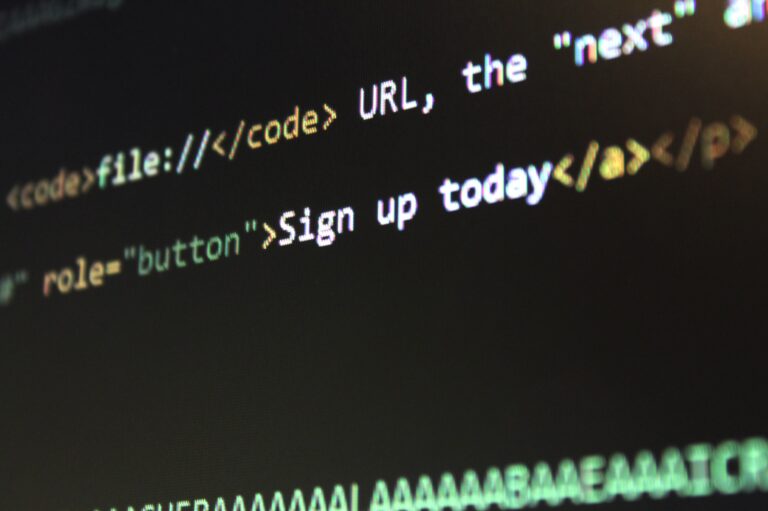Embarking on a journey into the world of web design and development can be both exciting and overwhelming, especially for beginners. The jargon and technical terms may seem like a alien language at first. Fear not! In this blog post, we will unravel the 10 essential terms, explaining them in simple and approachable language. Let’s dive in and empower you with the knowledge to kick-start your web design and development adventure!
1. HTML (Hypertext Markup Language):
HTML is the backbone of any web page. It stands for Hypertext Markup Language and is responsible for structuring the content and elements on a website. Think of it as the foundation that defines the different sections and elements of a webpage.
2. CSS (Cascading Style Sheets):
CSS, short for Cascading Style Sheets, adds visual styling to HTML elements. It allows you to change the colors, fonts, layout, and overall appearance of a webpage. With CSS, you can make your website visually appealing and cohesive.
3. Responsive Web Design:
In today’s mobile-driven world, it’s crucial to have a responsive website. Responsive web design ensures that your site looks and functions well on different devices, such as smartphones, tablets, and desktop computers. It adapts and adjusts the layout and content to provide the best user experience.
4. User Interface (UI):
UI refers to the visual elements and interactive components that users interact with on a website. It encompasses buttons, menus, forms, and other design elements. An intuitive and user-friendly UI enhances the overall experience and makes it easier for visitors to navigate and interact with your site.
5. User Experience (UX):
UX focuses on the overall experience users have when interacting with a website. It encompasses the ease of use, accessibility, speed, and overall satisfaction. A positive UX ensures that visitors find what they need quickly, enjoy using your site, and are more likely to return.

6. Wireframe:
A wireframe is a simplified visual representation of a webpage’s layout and structure. It outlines the placement of different elements without going into specific design details. Think of it as a blueprint that helps you plan the overall structure and content flow of your website.
7. Mockup:
A mockup is a static, high-fidelity visual representation of a webpage. It provides a more detailed preview of the design, including colors, typography, and imagery. Mockups help you visualize the final look of your website before diving into the development phase.
8. Prototype:
A prototype is an interactive, functional model of a webpage. It allows you to simulate user interactions, test navigation flows, and gather feedback. Prototypes help you refine and validate your design decisions before investing time and resources into full development.
9. Front-end Development:
Front-end development involves translating the design mockups into actual code that runs in a web browser. It focuses on the client-side of web development, including HTML, CSS, and JavaScript. Front-end developers bring the visual elements to life and ensure the website functions properly.
10. Back-end Development:
While front-end development deals with the visible parts of a website, back-end development handles the behind-the-scenes functionalities. It involves server-side programming, database management, and business logic implementation. Back-end developers build the infrastructure that powers the website.
This is first post in the series of Web Design and Development glossary.Stay tuned for next parts which will be added in upcoming days.
©2023.Tyyro Media.All Rights Reserved.